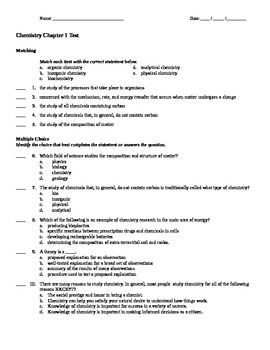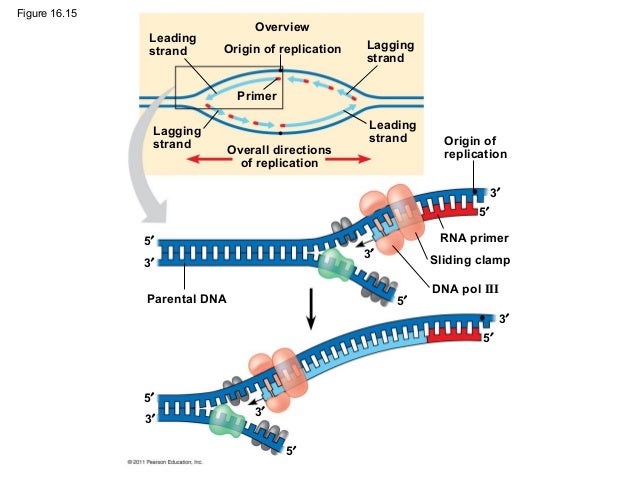Chap 16 Answer Key Pearson Biology Guide
Question 13 13. How do losses of alleles in natural selection differ from losses of alleles in genetic drift?. In natural selection, alleles are lost if they do not confer a survival advantage, whereas in genetic drift alleles are lost if they do not confer an advantage in partner selection.
In natural selection, alleles are lost if they do not confer a survival advantage, whereas in genetic drift the losses are random. In genetic drift, alleles are lost if they do not confer a survival advantage, whereas in natural selection the losses are random. In genetic drift, alleles are lost if they do not confer a survival advantage, whereas in natural selection alleles are lost if they do not confer an advantage in partner selection.
Chapter 5: Incident Command System. Chapter 6: Fire Behavior. Advanced airways, manual defibrillation, and other advanced assessment and. Chapter 16 Section 1 Study Guide with answers.docx Chapter 16 Section 2 Study Guide with answers.docx Chapter 16 Section 3 Study Guide with answers.
Question 15 15. Consider a population of fish where the length of a given fish's dorsal spine is determined by a single gene, which is defined by two different alleles. The dominant A allele encodes a long dorsal spine and the recessive a allele encodes a short dorsal spine. The fish is diploid and reproduces sexually. The number of AA individuals in this population is 500, the number of Aa individuals is 100, and the number of aa individuals is 400. If a new population was started with 10 AA, 20 Aa, and 10 aa fish, then what are the new allelic frequencies?. 40% A and 60% a.
75% A and 25% a. 50% A and 50% a. 60% A and 40% a. Question 26 26. Consider a population of fish where the length of a given fish's dorsal spine is determined by a single gene, which is defined by two different alleles.
The dominant A allele encodes a long dorsal spine and the recessive a allele encodes a short dorsal spine. The fish is diploid and reproduces sexually.
If the number of AA individuals is 500, the number of Aa individuals is 200, and the number of aa individuals is 300, then what is the chance that I will catch a fish with a long dorsal spine from this population?. 0.6. 0.84. 0.7.
0.4. Question 29 29. Consider a population of fish where the length of a given fish's dorsal spine is determined by a single gene, which is defined by two different alleles. The dominant A allele encodes a long dorsal spine and the recessive a allele encodes a short dorsal spine. The fish is diploid and reproduces sexually. If the number of AA individuals is 500, the number of Aa individuals is 200, and the number of aa individuals is 300, then is this population in equilibrium? Why or why not?.
It is not because the number of fish with short dorsal spines is larger than the number predicted by the Hardy-Weinberg equation. It is because the number of fish with short dorsal spines is larger than the number predicted by the Hardy-Weinberg equation. It is not because the number of fish with short dorsal spines is smaller than the number predicted by the Hardy-Weinberg equation. It is because the number of fish with short dorsal spines is smaller than the number predicted by the Hardy-Weinberg equation. Question 30 30.

Using the criteria outlined in the Hardy-Weinberg equilibrium, determine which of the following populations can be balanced. A population of squirrels isolated on a remote island from other squirrel communities. A population of moths in which the mortality rate of lighter colored moths is much higher than darker ones.

Grid And Graph It 1987 Page 16 Answer Key
A population of fish experiencing a dramatic increase in mutation rate due to toxic dumping in their habitat. A population of parrots that was reduced in size by ninety percent due to natural disaster.
Helping Students Make Connections Across Biology Campbell BIOLOGY is the unsurpassed leader in introductory biology. The text's hallmark values-accuracy, currency, and passion for teaching and learning-have made it the most successful college introductory biology book for eight consecutive editi.